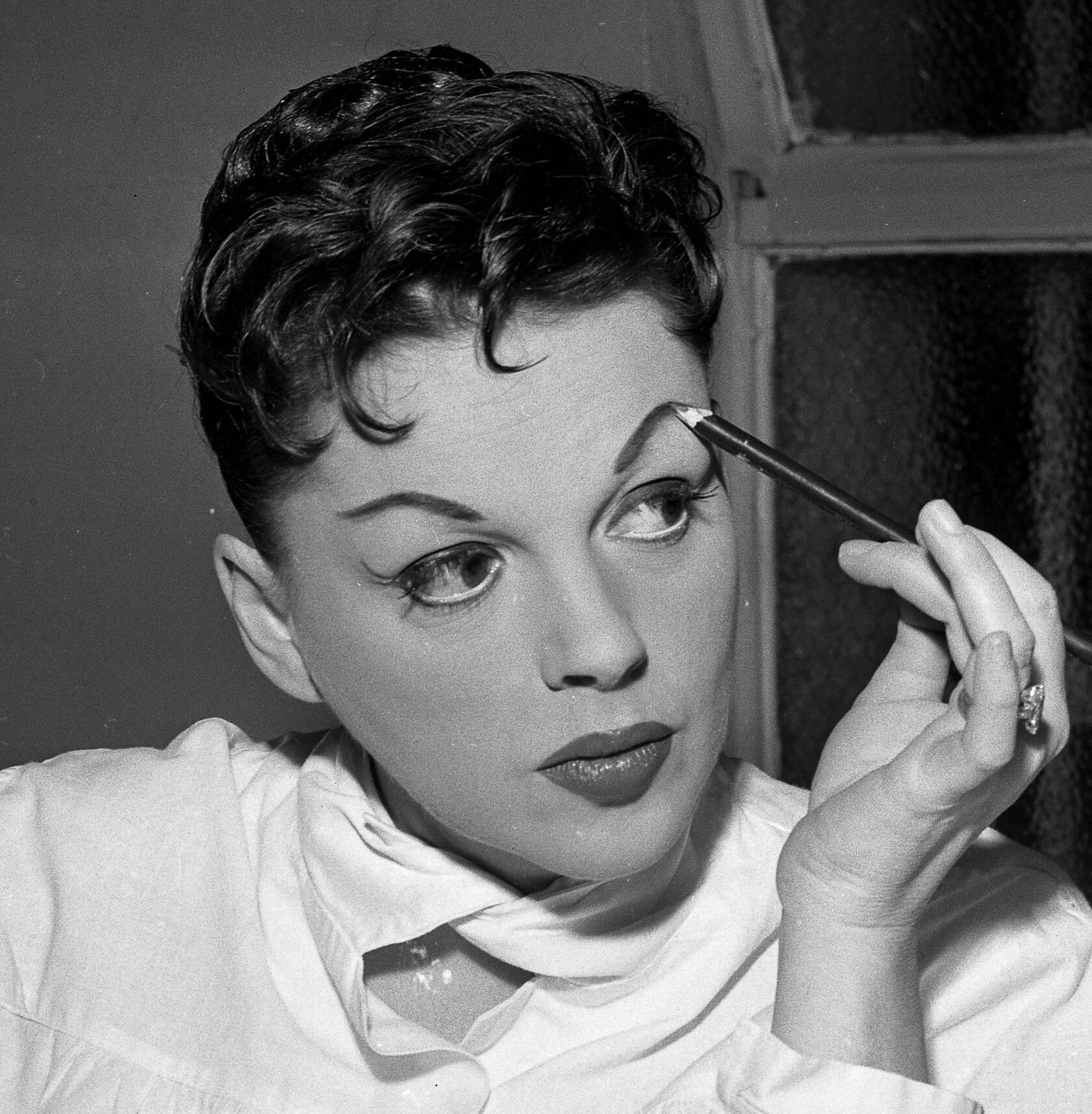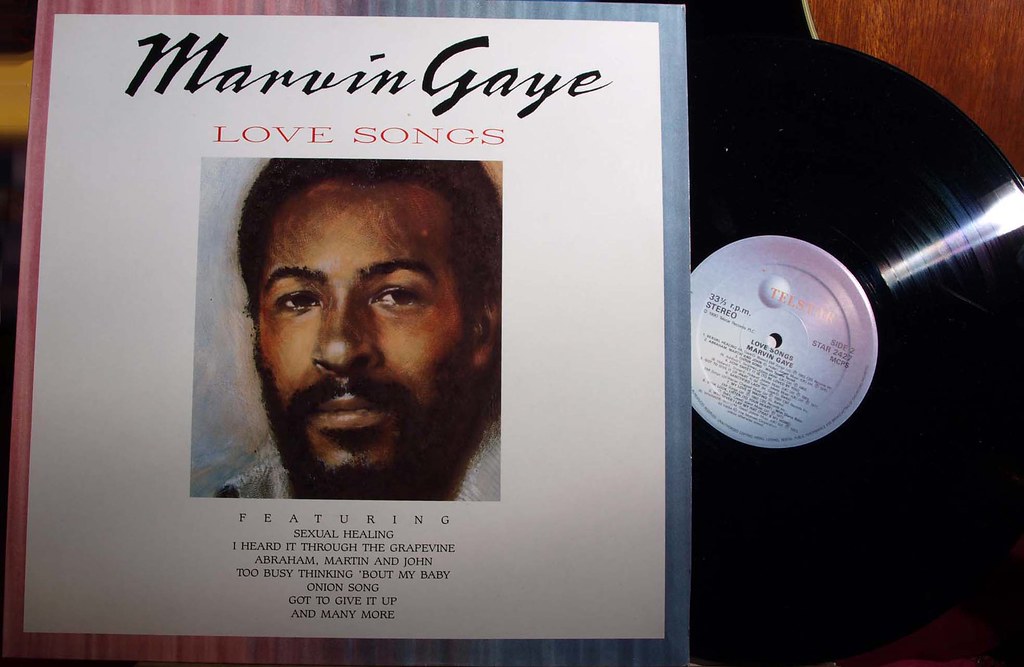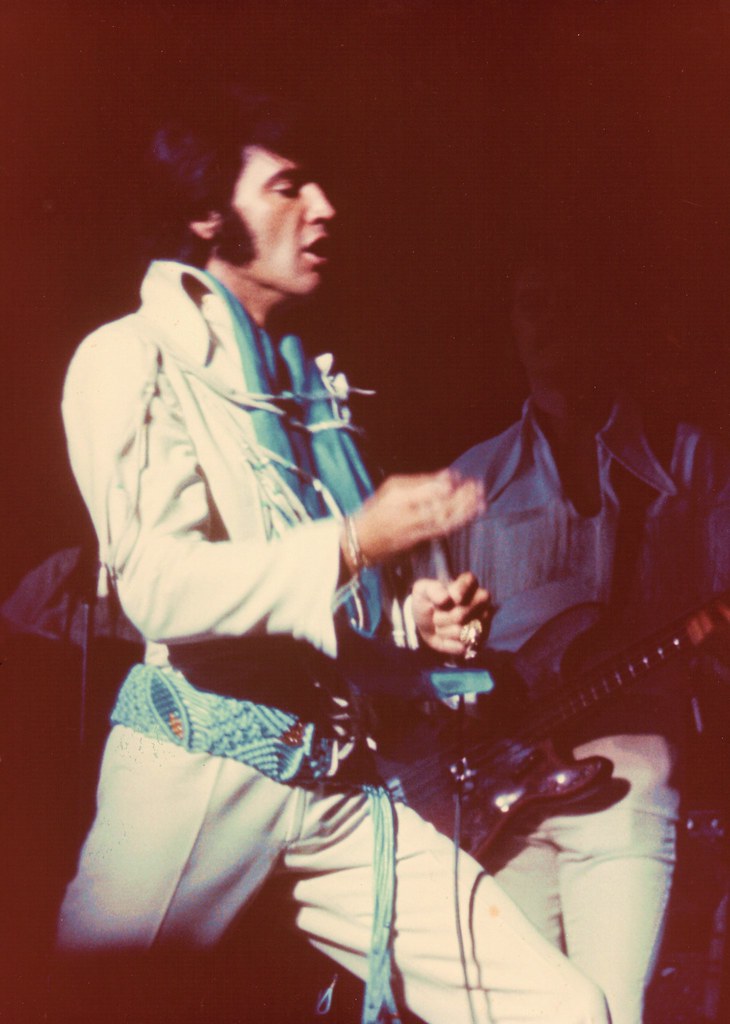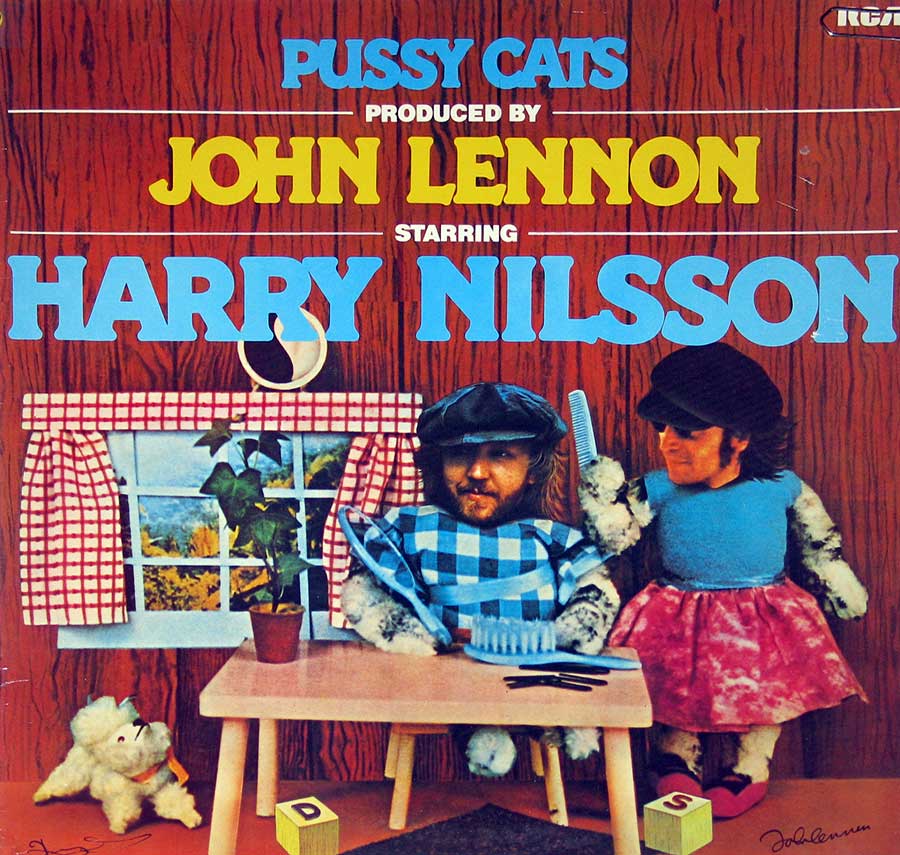
It’s easy to look at the dazzling world of celebrities and imagine a life free from the money worries that plague the rest of us. We see the glitz, the glamour, the record-breaking deals, and assume a bottomless well of wealth. But sometimes, behind the blinding lights and red carpet smiles, there’s a much darker, often tragic truth: even the most famous and successful individuals can make incredibly bad financial decisions, or simply fall victim to circumstances, ending their lives with nothing but debt.
The stories of these stars serve as a stark reminder that fame and fortune, while often intertwined, are not always permanent companions. For some, lavish lifestyles and addiction issues led to hefty bills and bank accounts deep in the red. For others, it was a case of their star power fading, work drying up, or even betrayal by those they trusted, resulting in a dramatic reversal of fortune. It’s a sobering thought that for these 13 iconic figures, their final moments were overshadowed by financial distress.
We’re about to take a deep dive into the lives of some truly legendary figures, from jazz divas to Hollywood heartthrobs, whose journeys tragically ended with them completely broke or deep in debt. Their tales are a powerful testament to the fragile nature of wealth, even for those at the very pinnacle of success. Prepare yourself for some eye-opening revelations about the hidden struggles behind the superstar façade.

1. **Billie Holiday**Billie Holiday was, and remains, one of the most famous jazz artists in the world, her voice a unique instrument that captivated millions. With hits like “Strange Fruit,” “I’ll Be Seeing You,” and “Gloomy Sunday,” she cemented her status as an all-time great, rising to fame in the 1930s. Despite her immense talent and success, life was far from easy for this tragic jazz musician, both personally and professionally.
Her journey was marred by significant challenges, including encountering racism in the showbiz industry and navigating troubled personal relationships. These external pressures were compounded by her internal struggles with addiction to alcohol and drugs, which took a devastating toll. Her addiction was so severe that on her final day in May 1959, she was actually placed under arrest on her deathbed for possession of heroin, a truly heartbreaking end to a legendary life.
When she passed away from cirrhosis at the age of 44, the financial reality of her life was shockingly grim. Reports indicate she had a mere 70 cents in her bank account at the time of her death. Adding to the tragedy, she reportedly had an additional $750 (equivalent to about $8,000 today) strapped to her leg, a small sum that highlights her desperate financial state. Her dire finances and estrangement from her husband meant that despite thousands attending her funeral—paid for by a wealthy fan—Holiday didn’t even have a tombstone until almost a year after her passing. Her story is a poignant example of genius struggling against formidable odds.
Read more about: Time-Tested Treasures: 14 Essential Older Films Every Movie Lover Needs to Experience

2. **Judy Garland**The beloved star of “The Wizard of Oz,” Judy Garland, was a captivating talent, enchanting audiences with her powerful vocals and acting prowess. Cast as Dorothy Gale at just 16 years old, after performing since childhood, this iconic role catapulted her to worldwide stardom and decades of Hollywood success. She went on to land lead roles in classics like “Meet Me in St. Louis,” “A Star is Born,” and “Judgement at Nuremberg,” also releasing several successful studio albums.
However, beneath the glitz and glamour of her Hollywood lifestyle, Garland wrestled with profound personal demons, including substance abuse and significant mental health issues. Her struggles were exacerbated by alleged embezzlement from managers who mismanaged her money, adding another layer of betrayal to her already tumultuous life. This combination of personal vulnerabilities and external exploitation contributed to a devastating financial situation.
Garland tragically died from an accidental overdose of barbiturates at just 47 years old in 1969. At the time of her death, despite working non-stop since childhood, she was around $4 million (approximately $33 million today) in debt to the US Internal Revenue Service (IRS). Her financial state was so dire that the IRS even seized her home shortly after she died. It was a heartbreaking legacy that her daughter, Liza Minnelli, with the help of family friend Frank Sinatra, eventually had to settle, preserving Garland’s artistic legacy but not her financial one.
Read more about: Time-Tested Treasures: 14 Essential Older Films Every Movie Lover Needs to Experience

3. **Mickey Rooney**Mickey Rooney was a prolific actor with an astonishing 90-year career that saw him appear in over 300 films, making him a true Hollywood legend. He was known for his incredible versatility and energy on screen, a staple of the golden age of cinema. However, despite his enduring presence and success in Hollywood, Rooney struggled immensely to manage his finances throughout his long life, earning him the unfortunate moniker of “the original Hollywood train wreck.”
His personal life was marked by considerable turmoil, including eight divorces and battles with alcoholism and prescription pill addiction. These personal struggles had a profound and negative impact on his financial stability, leading to constant mismanagement and expensive settlements. Rooney’s financial situation became particularly dire in his later years, highlighting how easily even a long and successful career can be undermined by personal demons and poor decisions.
When he died of natural causes in 2014, reports indicated that his family had tragically drained his finances, leaving him with very little. He left behind medical bills and substantial back taxes, with his entire estate reportedly worth just $18,000, an astonishingly low figure for a star of his magnitude. This meager sum was insufficient to cover a public funeral, leading his family to seek public assistance for his burial costs. His story is a powerful testament to how even immense and prolonged fame can end in heartbreaking destitution.
Read more about: Beyond the Red Carpet: Unmasking Hollywood’s Real-Life Jerks Behind the Scenes!

4. **Gary Coleman**Gary Coleman skyrocketed to fame at the tender age of 10, landing a lead role in the hit sitcom “Diff’rent Strokes” in 1978. During the show’s eight-season run, he became the highest-paid child star on television, banking an incredible $70,000 per episode, which would be around $200,000 in today’s money. He continued to enjoy small-screen success throughout the 80s and 90s, making appearances in popular sitcoms like “Married… With Children” and “The Fresh Prince of Bel-Air,” seemingly set for life.
Despite a relatively steady stream of acting gigs, Coleman was hit hard by severe money problems, stemming in part from the mismanagement of his wealth by his parents and former business manager. In 1989, he sued them for this mismanagement and was eventually awarded $1.3 million in 1993. He described the lawsuit as an “enormous burden,” reflecting the stress and difficulty of reclaiming what was rightfully his.
However, even this significant payday couldn’t rescue his finances in the long term. Coleman struggled to find work as he got older, and his medical bills continued to mount due to a lifelong battle with kidney disease. He famously resorted to auctioning off old memorabilia, including his trousers, to pay for these expenses. In 1999, he was forced to file for bankruptcy protection. He tragically died in 2010 at just 42 years old after suffering a brain hemorrhage. Reports suggest he was worth a mere $75,000 at the time of his death, a far cry from his glory days as TV’s highest-paid child.
Read more about: The Price of Early Stardom: 12 Child Actors Whose Careers Took a Tumultuous Turn After One Unforgettable Role
5. **Bela Lugosi**Today, the name Bela Lugosi is practically synonymous with the role of Dracula, his iconic portrayal in the original film cementing him as a superstar and helping to shape modern-day vampires into what they are today. Born in Hungary, Lugosi’s powerful performance captivated audiences and promised a glittering Hollywood career. However, his very success proved to be something of a curse, leading to unforeseen financial struggles despite his fame.
Due to being heavily typecast in horror roles, Lugosi found it incredibly difficult to secure other diverse acting jobs, limiting his income potential significantly. This career stagnation, combined with financial strain exacerbated by five divorces, led him into an increasingly precarious economic situation. He also developed an addiction problem, tragically influenced by the pressures and lifestyle often associated with Hollywood, further draining his resources and personal stability.
To make ends meet, he often resorted to starring in low-budget films, a stark contrast to his initial breakout role. When he passed away in 1956 at the age of 73 from a heart attack, after suffering from substance abuse issues, he left behind shockingly minimal assets. Reports indicate he had just $1,900 in the bank and a mere $1,000 in real estate. His story is a poignant reminder that even immortalizing a character doesn’t guarantee lasting financial security in the fickle world of show business.
Read more about: 12 Unforgettable Actors Who Left Us Too Soon, With One Last Performance To Remember Them By

6. **Marvin Gaye**Marvin Gaye, the legendary “Prince of Soul,” gave the world timeless tracks like “What’s Goin’ On,” “Let’s Get It On,” “I Heard It Through The Grapevine,” and “How Sweet It Is (To Be Loved By You).” He achieved icon status, released more than 20 studio albums throughout his epic career, and is widely credited as one of the pioneers of the Motown music genre. His musical genius was undeniable, making him one of the most celebrated artists of his generation.
Despite his legendary reputation and incredible output, Gaye struggled profoundly with money throughout his life. He was declared bankrupt in the mid-1970s, a situation that stemmed from a combination of struggles with substance abuse, costly divorce settlements, and failure to pay alimony. His financial problems were so severe that he eventually fled to Europe to avoid paying the IRS an estimated $4.5 million in back taxes, a testament to the depth of his fiscal woes.
Tragically, just as he seemed to be getting back on his feet, his life came to a horrific end. On April 1, 1984, the day before his 45th birthday, Marvin Gaye was murdered by his own father during a quarrel. At the time of his death, the singer was an astonishing $9.2 million (around $27 million today) in debt, which included several million dollars of back taxes owed to the IRS. The only assets he still had were his intellectual properties, such as song royalties and image rights, which he left to his three children. Fortunately, savvy marketing of Gaye’s music rights eventually cleared his immense debts, and his estate is now said to be worth a cool $5 million, though he never benefited from it himself.
Moving beyond the initial shockwaves, our journey into the often-hidden financial struggles of celebrity life continues. It’s truly eye-opening to see how deeply personal choices, industry pressures, and plain bad luck can impact even the most glittering careers. These next few stories continue to serve as powerful reminders that fame is not a shield against fiscal woes, and sometimes, the biggest stars face the biggest financial crashes. Let’s dive into more unforgettable tales of legends who, despite their incredible talent, ultimately died with little to their names.
Read more about: Sam Moore, Vocal Dynamo of Soul Duo Sam & Dave, Dies at 89; His Tenor Defined an Era and Endured for Decades

7. **Elvis Presley**Talk about a meteoric rise! Elvis Presley shot to fame in the mid-1950s, delivering a string of smash hits that fans still adore to this day. He wasn’t just a music sensation; he also launched a successful movie career with films like “Jailhouse Rock” and “Blue Hawaii,” cementing his status as the “King of Rock ‘n’ Roll.” Over the course of his epic career, it’s estimated that Elvis earned anywhere between $100 million and $1 billion – figures that sound almost impossible to squander, right?
But here’s the kicker: when Elvis Presley tragically died from a heart attack in 1977, at the young age of 42, he had a mere $5 million in the bank. And to make matters worse, he actually owed double that amount to the IRS in unpaid taxes! His financial downfall was largely attributed to years of extravagant spending, a common pitfall for those suddenly thrust into immense wealth, compounded by a debilitating drug addiction. It’s a classic rags-to-riches-to-rags story, or at least a riches-to-massive-debt saga.
The burden of his enormous tax bill fell squarely on the shoulders of his ex-wife Priscilla and his father Vernon, who inherited the estate. Priscilla, demonstrating incredible determination, worked tirelessly to turn the situation around. She famously transformed Elvis’s beloved Graceland home into a major tourist attraction, a brilliant move that stabilized the estate’s finances and ensured his legacy would endure.
By 1993, her efforts had paid off, and the estate was worth an incredible $100 million. However, the shadow of debt seems to have lingered, as his daughter, Lisa Marie Presley, was reportedly $4 million in the red at the time of her sudden death in January 2023, with more than half of that debt owed to the IRS. It just goes to show that financial stability can be a constant battle, even through generations of inherited fame.
Read more about: Waylon Jennings: Riding the Storm, Forging an Outlaw Legacy in Country Music

8. **Andy Gibb**Many know the iconic Bee Gees, but what about the youngest Gibb brother, Andy? He embarked on a solo career that quickly saw him shoot to stardom. His 1978 album, “Shadow Dancing,” went multi-platinum, with the title track soaring to the top of the charts. With his talent and good looks, it looked like Andy Gibb was destined for a long and successful career, following in his brothers’ footsteps.
Sadly, Andy’s incredibly promising music career was tragically derailed by battles with depression and addiction. These personal struggles often prove to be incredibly difficult to overcome, especially when magnified by the intense pressures of the music industry spotlight. He bravely checked into a rehab facility in the 1980s, attempting to turn his life around and reclaim his future.
Despite his efforts, the financial toll of his struggles became undeniable. By 1987, Andy Gibb had declared bankruptcy, a heartbreaking public acknowledgment of his fiscal woes. The following year, in a truly tragic turn of events, the star died from a heart condition called myocarditis, which was widely believed to have been caused by years of substance abuse.
Andy Gibb was just 30 years old when he passed, a life cut tragically short. His story serves as a stark reminder of how quickly the glitz and glamour of stardom can fade, leaving behind a trail of personal and financial devastation. It’s a poignant testament to the fragility of life and fortune in the fast lane.
Read more about: Life’s a Treat! An Exclusive Deep Dive into the Phenomenal World of Shaun the Sheep and Its Enduring Global Appeal

9. **Sammy Davis Jr.**When you think of the greatest entertainers of the 20th century, Sammy Davis Jr. is undoubtedly right there at the top. This singer, actor, and comedian was so prolific and talented that he earned the moniker “Mister Show Business.” From starring in the legendary 1960 Rat Pack movie “Ocean’s 11” alongside Frank Sinatra and Dean Martin, to releasing the 1972 smash-hit song “The Candy Man” – which even earned him a Grammy nomination – Davis Jr. did it all. He was also a trailblazer, helping to break apart racial barriers in 20th-century America.
You’d think someone of his caliber, raking in millions each year from his diverse talents, would be set for life. Yet, Sammy Davis Jr. was flat broke when he passed away from cancer in 1990. It’s almost unbelievable given his superstar status, but the context reveals a common culprit: years of extravagant overspending, a lifestyle that simply outpaced even his immense earnings.
The financial ramifications were significant. Reports indicate he owed a staggering $7 million in taxes to the IRS, a sum equivalent to around $16 million today. This immense debt speaks volumes about the challenges faced by celebrities who live a “bigger than life” existence, often without proper financial planning or restraint.
After his death, a meticulous process began to settle his affairs. Royalties from Davis Jr.’s extensive body of work – including his film and TV appearances, record sales, and memorabilia – were directly paid to the IRS until his colossal debts were finally cleared. His posthumous earnings had to be used to cover the financial holes left during his lifetime, a bittersweet legacy of a true icon.
Read more about: Remembering a Legend: Burt Reynolds and His 12 Most Iconic Roles That Defined an Era

10. **Harry Nilsson**Singer-songwriter Harry Nilsson captured hearts and airwaves with his catchy hits like “Jump Into The Fire” and “Coconut.” He was a unique talent, and at the height of his music career in the late 1960s, he achieved a milestone that few could ever dream of. Nilsson signed a record deal worth an astonishing $5 million, which, at that point in time, was actually the biggest recording deal in history. Imagine that kind of payday! It certainly seemed like he was set for life, with wealth and success firmly in his grasp.
But unfortunately, success doesn’t always protect against betrayal. In a truly shocking turn of events, most of Harry Nilsson’s hard-earned fortune was tragically stolen by his former manager, Cindy Sims. This individual was later jailed for swindling millions from multiple clients, highlighting a devastating risk many celebrities face when entrusting their finances to others. It’s a stark reminder that even with massive earnings, proper oversight is crucial.
Compounding his financial woes, Nilsson was born with heart problems, a health challenge that would sadly catch up with him. He passed away from heart failure in 1994, at the age of 52. His death brought to light the full extent of his financial struggles, as he left behind debts totaling $1 million, which would be around $2.1 million today.
The aftermath was difficult; his estate was ultimately forced to file for Chapter 11 bankruptcy. Harry Nilsson’s story is a profound double tragedy, marked by both a devastating illness and the crushing financial exploitation he endured. It’s a testament to the fact that even the most talented individuals can be victims of circumstance and dishonesty.
Read more about: Stop the Rewind Button: 12 Over-the-Top Fantasy Epics You Should Absolutely Avoid Streaming

11. **Michael Jackson**The “King of Pop” needs no introduction. Michael Jackson is undeniably one of the most successful musicians in history, a global phenomenon who revolutionized music and dance. With approximately 750 million records sold worldwide and his 1982 album “Thriller” holding the title of the best-selling album of all time, his impact is immeasurable. Between 1985 and 1995 alone, it’s estimated that Jackson earned a staggering $50 million to $100 million a year from touring, record sales, merchandise, and endorsement deals – figures that would be $101 million to $203 million in today’s money.
Given his unparalleled success and unimaginable earnings, it’s truly astounding to learn that despite his global stardom, Michael Jackson reportedly left behind debts of $500 million when he died in 2009, a figure equivalent to approximately $723 million today. His estate was even briefly bankrupt. This colossal debt makes him one of the most financially indebted figures on our list, a perplexing situation for someone so rich in talent and initial wealth.
The driving factors behind his staggering financial woes were decades of overspending and over-borrowing. His lavish lifestyle, including the hefty upkeep costs of his beloved Neverland Ranch, became an insurmountable burden. As one report from the context bluntly stated, “Michael was penniless.” It underscores how even seemingly limitless wealth can be eroded by unchecked expenses and poor financial management.
However, in a fascinating and ultimately fortunate turn for his legacy, Jackson’s death spurred a monumental surge in sales. He became the first artist to sell over 1 million tracks in a single week following his passing. By 2022, his estate had incredibly raked in around $2 billion thanks to lucrative assets such as his music catalogue and imaging rights. This remarkable posthumous success allowed his immense debts to be cleared, ensuring his children would benefit, though he himself never saw a cent of this financial recovery.
Read more about: Lights, Camera, Oh No! The 14 Movie Musicals That Should Have Stayed on Stage (According to Fans & Critics)

12. **Corey Haim**Corey Haim was the quintessential child star who launched his acting career at the tender age of 10 in 1981. He quickly became a household name, particularly after his memorable performance in the classic 80s movie “The Lost Boys” in 1987. His on-screen success continued into the early 90s with roles in popular flicks like “Dream a Little Dream” and “Fast Getaway,” cementing his status as a teen idol for a generation.
But the bright lights of fame often cast long shadows. By the mid-90s, Haim’s once promising career had started a heartbreaking decline due to his ongoing battle with drug addiction. This struggle wasn’t just personal; it had severe financial repercussions. His troubles escalated when insurers sued him for failing to disclose his drug addiction, resulting in a significant loss of $375,000, adding to his growing financial strain. As acting jobs became scarce, his income dwindled.
The situation became so dire that in 1997, Corey Haim was forced to file for Chapter 11 bankruptcy protection. His bankruptcy filing listed mounting medical bills and revealed he owed more than $200,000 in state and federal taxes, a sum equivalent to about $381,000 today. It painted a bleak picture of a star struggling not just with addiction, but with the crushing weight of debt.
Tragically, Haim passed away from pneumonia in 2010 at the young age of 38. At the time of his death, he was so destitute that he had moved back in with his mother and possessed no assets of his own. His family was left with no option but to publicly ask his fans for help to cover his funeral costs. It was a truly heartbreaking end to a life that had begun with such promise and stardom.
Read more about: A Heartbreaking Tribute: Remembering 14 Gen X Movie Stars We Lost Far Too Soon

13. **Whitney Houston**Whitney Houston, aptly nicknamed “the Voice,” remains one of the best-selling musicians of all time. She absolutely took the 1980s by storm with iconic hit songs like “Greatest Love of All” and “I Wanna Dance With Somebody,” showcasing her unparalleled vocal talent. The 1990s propelled her to even greater levels of stardom with her leading role in “The Bodyguard,” an absolute cultural phenomenon. According to reports, Houston earned an incredible $100 million throughout her illustrious career.
Despite her immense talent and earnings, Whitney Houston’s life was marred by profound personal struggles. She tragically blew her fortune on an extravagant lifestyle and a devastating addiction to drugs. It’s a sobering reminder that even the most successful individuals are vulnerable to personal demons and the pressures that come with immense fame and wealth.
Her life came to a shocking and tragic end in 2012, when she was found to have accidentally drowned in a hotel bathtub at the age of 48. At the time of her sudden death, “the troubled star was in major debt,” owing her record company around $20 million, which would be approximately $27 million today. This substantial debt paints a stark picture of her financial state in her final years.
However, much like Michael Jackson, Whitney Houston’s music experienced an explosion in popularity in the months following her tragic passing. As a direct result, her estate remarkably raked in a staggering $40 million, equivalent to about $54 million today, which ultimately cleared her outstanding arrears. It’s a bittersweet ending, where her artistic legacy finally brought financial stability, but only after she was gone.
Read more about: The Unveiling: Farrah Fawcett’s Secret Enduring Love and Other Hidden Hollywood Romances
These incredible stories, stretching across generations and genres, offer a stark, collective lesson: fame and fortune are a delicate balance, easily tipped by personal struggles, industry pitfalls, or simply the harsh realities of life. While these icons may have left us tragically broke, their legacies—their music, films, and enduring impact—have ultimately transcended their financial woes, continuing to enrich the world long after they departed. Their lives remind us that wealth is fleeting, but true genius, and the stories behind it, can last forever.




